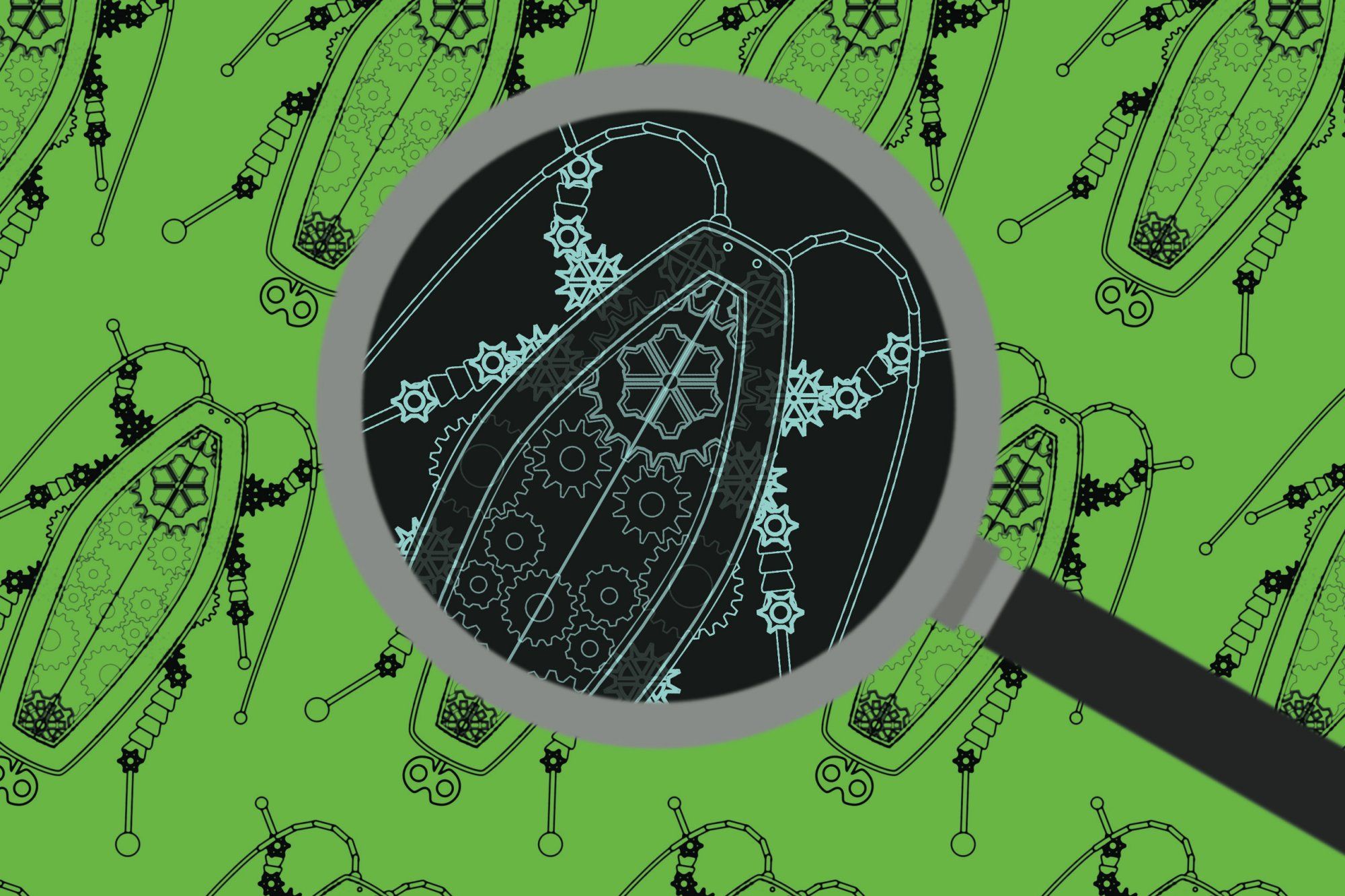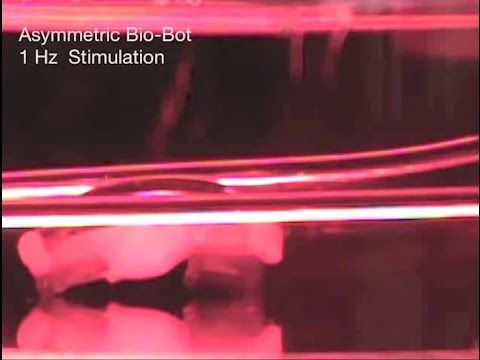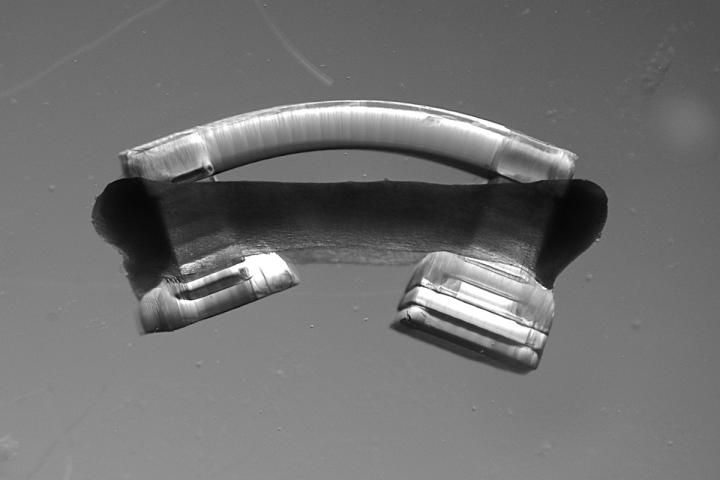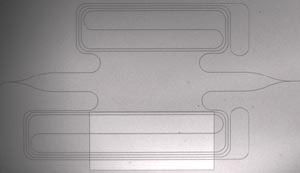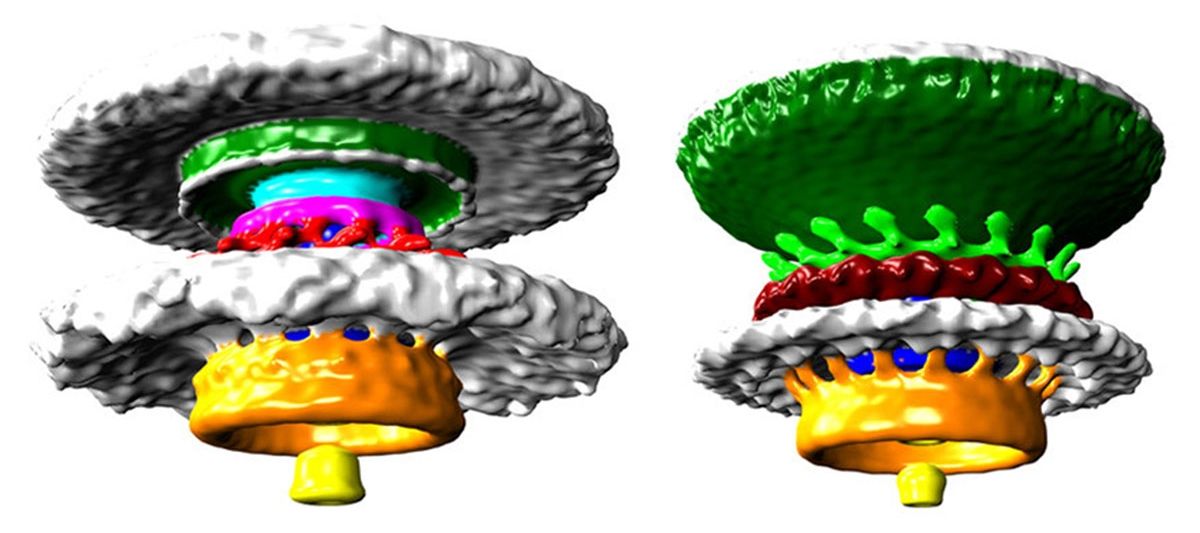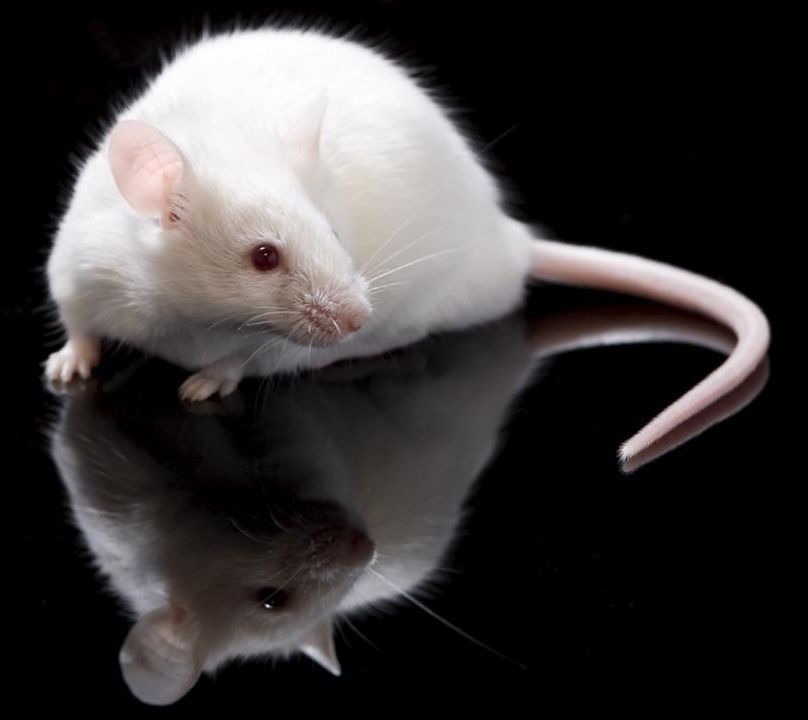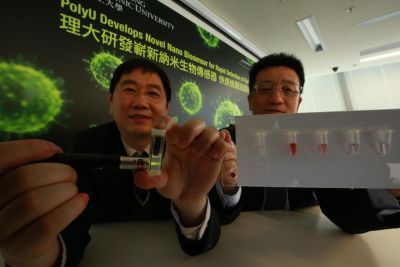Mar 14, 2016
Why Scientists Want to Study Robot Roaches
Posted by Karen Hurst in category: robotics/AI
Roaches are speedy, agile, and nearly indestructible—which is why engineers are so interested in them.
Robots can look like just about anything: people, dinosaurs, quadcopters—you name it. So why would anyone design a robot that looks like one of the grossest and most detested species on the planet?
Well, like cephalopods, roaches’ bodies gives them distinct, if squirm-worthy, advantages—namely, the ability to become nearly two-dimensional to squeeze through cracks and under doors. Cockroaches can flatten themselves to a one-tenth of an inch and can bear loads 900 times heavier than they are (which is why we have to stomp on them extra hard). Perhaps most impressive is their ability to scurry along at top speed when compressed to half their normal height. These attributes make roaches nimble, persistent, and hardy—three supremely useful qualities for a robot, and three reasons scientists have pursued the development of robo-roaches.
Continue reading “Why Scientists Want to Study Robot Roaches” »
